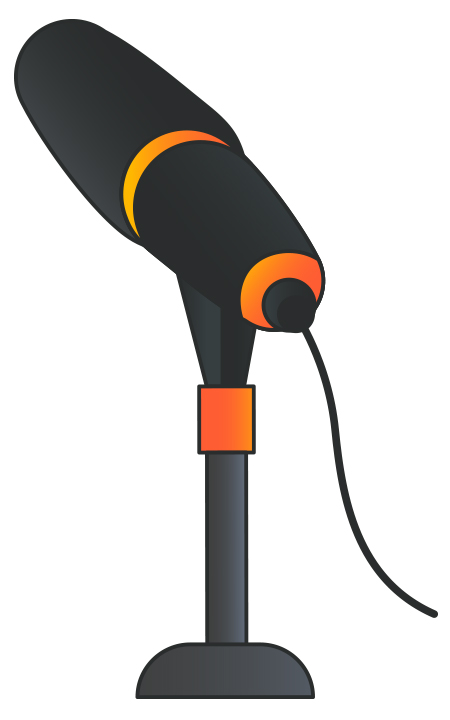A 2016 survey conducted by Edison Research found that 55% of respondents were familiar with the term ‘podcast’ with 24% of 25-54 year olds claiming they listen to podcasts on a monthly basis.
Not bad for a form of content that has had something of a chequered past, enjoying muted success in the early 2000s before disappearing almost entirely at the turn of the decade.
Those days are clearly behind it, with podcasting fast becoming the audio accompaniment of choice for dog walks, visits to the gym and long car journeys. In 2015, Apple confirmed that there were over 60,000 active podcasts available on its iTunes platform.
Inevitably, the renewed thirst for podcasts has made it an attractive form of content marketing for businesses. Perhaps you’re considering producing one yourself. If so, and assuming you have no prior experience of podcasting, here are three ways to prepare for that all-important first recording:

1. Buy a decent quality microphone
The fact that you’re brand new to podcasting means you’ll be skimping somewhat on experience, but that’s fine – it’ll come with trial and error. An area in which you can’t skimp, however, is the microphone.
Podcasting lives and dies on the quality of content and the manner in which it was recorded. You could have recorded the most engaging, fascinating discussion the world is likely to hear on your chosen topic, but if it was captured on a laptop microphone in a noisy coffee shop, listeners will quickly tune out.
Thankfully, you don’t have to spend a fortune on mics for podcasting. A great-sounding USB device can be picked up for around £60, and when combined with free audio recording software, you’re good to go!
2. Plan, plan, plan
Once you’ve got your shiny new microphone, it can be rather tempting to hit the ‘record’ button and get cracking straight away. Podcasting is an exciting form of content, but it’s still vital that you work from a plan.
There’s a few ways to do this:
- Decide on a topic
- Create an outline – and stick to around 30 minutes
- If you can, bring onboard a guest, with whom you can share the discussion
- Create a dedicated blog or section on your website for the podcast, on which you’ll post finished episodes and promote those that are upcoming
Lastly, make sure you spend time getting used to your recording equipment. Mic technique requires practice, and you need to be sure that when you hit ‘record’, you’re going to end up with thirty minutes of audio people can hear clearly.
3. Promote!
As noted above, you’ll need to promote your podcast like there’s no tomorrow, therefore a large part of the preparation should be spent devising a plan for getting it out there.
It’s sensible to sign up for one of the many podcast hosting platforms, but you can do an awful lot on your own, too. The section on your website dedicated to the blog can be used to publicise each episode, and your social media channels are the ideal hunting ground for listeners.
Think about the topic in question and the audience it will most likely resonate with.
Wrapping up
Podcasting is a powerful marketing tool, but it’s also inherently fun to produce. You can therefore experiment without fear of breaking things and possibly end up building a brand new audience you’d never have previously discovered without this brilliant form of content.
To see how we do it head over to Slinky’s very own Backlight Podcast and listen to one of our episodescovering a different aspect of the media industry.
